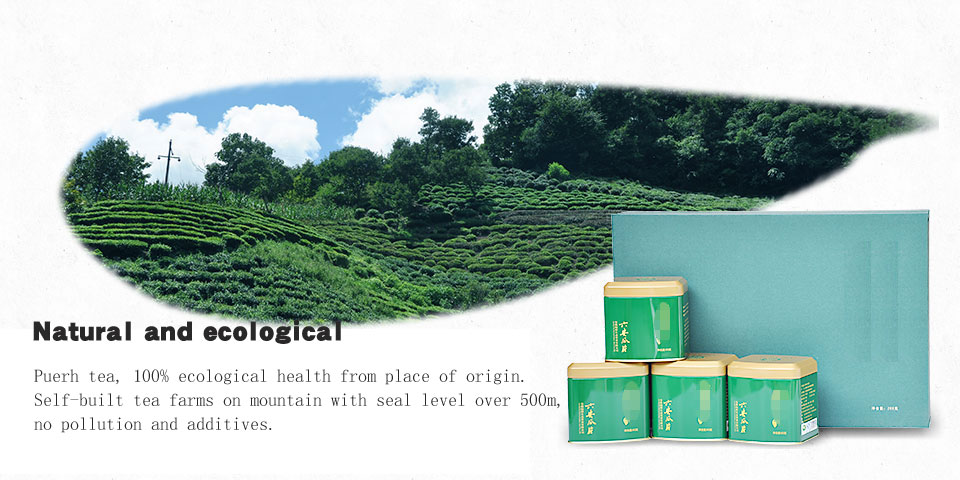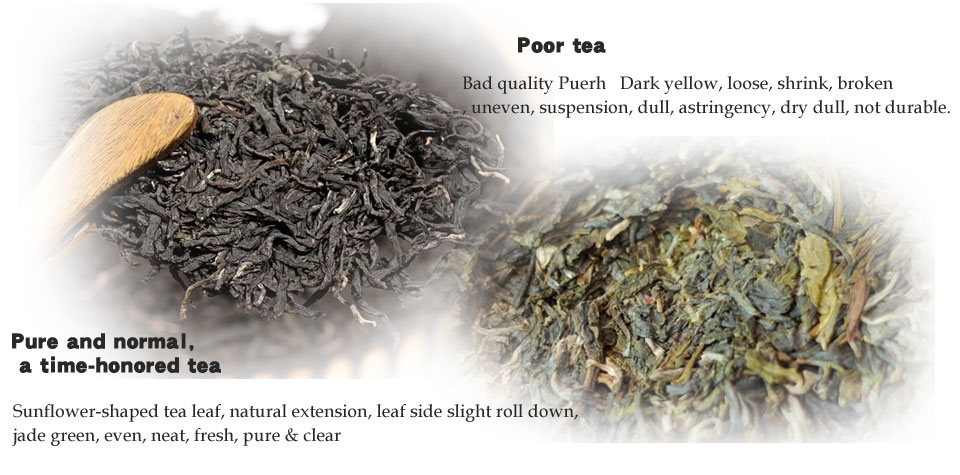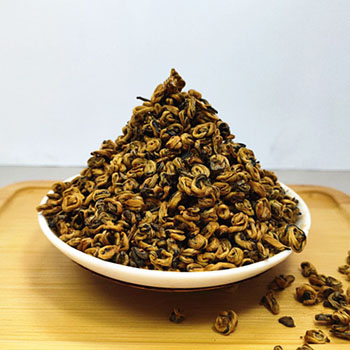모모There are many kinds of RNA molecules, with great changes in molecular size and diversified functions. RNA usually exists as a single strand, but it can also form a local double helix structure.At first, small molecules It developed out of control and gradually opened up a sky of its own. https://www.all-chemistry.com/
모모
모모1. Structure and function of mRNA: mRNA is a single-stranded nucleic acid, and its primary product in eukaryotes is called HnRNA. Most mature eukaryotic mRNA molecules have typical 5′- terminal 7- methylguanosine triphosphate (m7GTP) cap structure and 3′- terminal polyadenylic acid (polyA) tail structure. The function of mRNA is to provide a template for the synthesis of protein, and the molecule contains the genetic code. Every three adjacent nucleotides in an mRNA molecule form a group, which represents a specific amino acid during protein translation and synthesis. This nucleotide triplet is called the genetic code (coden).
모모
모모2. Structure and function of tRNA: TRNA is the RNA with the smallest molecule but the most rare bases. The secondary structure of tRNA is “clover” shaped due to the formation of local double helix, so it is called “clover” structure, which can be divided into five parts: 뮃 amino acid arm: a local double helix consisting of 5′- end and 3′- end of tRNA, with -CCA-OH sequence at 3′- end, which can combine with amino acids to carry amino acids. 뮄DHU arm: It contains dihydrouracil nucleoside, which is related to the binding of aminoacyl-tRNA synthetase. 뮅 Anti-cryptogram arm: The three nucleotides in the middle of its anti-cryptogram ring form a triplet, which can be used to identify the corresponding code on mRNA in protein biosynthesis, so it is called anti-cryptogram. 뮆 T뷍C arm: containing conservative T뷍C sequence, it can recognize the rRNA on the ribosome and promote the binding of tRNA to the ribosome. 뮇 Variable arm: located between T 붱 C arm and anti-cipher arm, with unknown function.
모모
모모3. Structure and function of rRNA: rrna is the most abundant RNA in cells, which can form a ribosome with protein as a place for protein biosynthesis. There are three kinds of rRNA in prokaryotes: 5S, 16S and 23S. There are four kinds of rRNA in eukaryotes: 5S, 5.8S, 18S and 28S.



.jpg)

